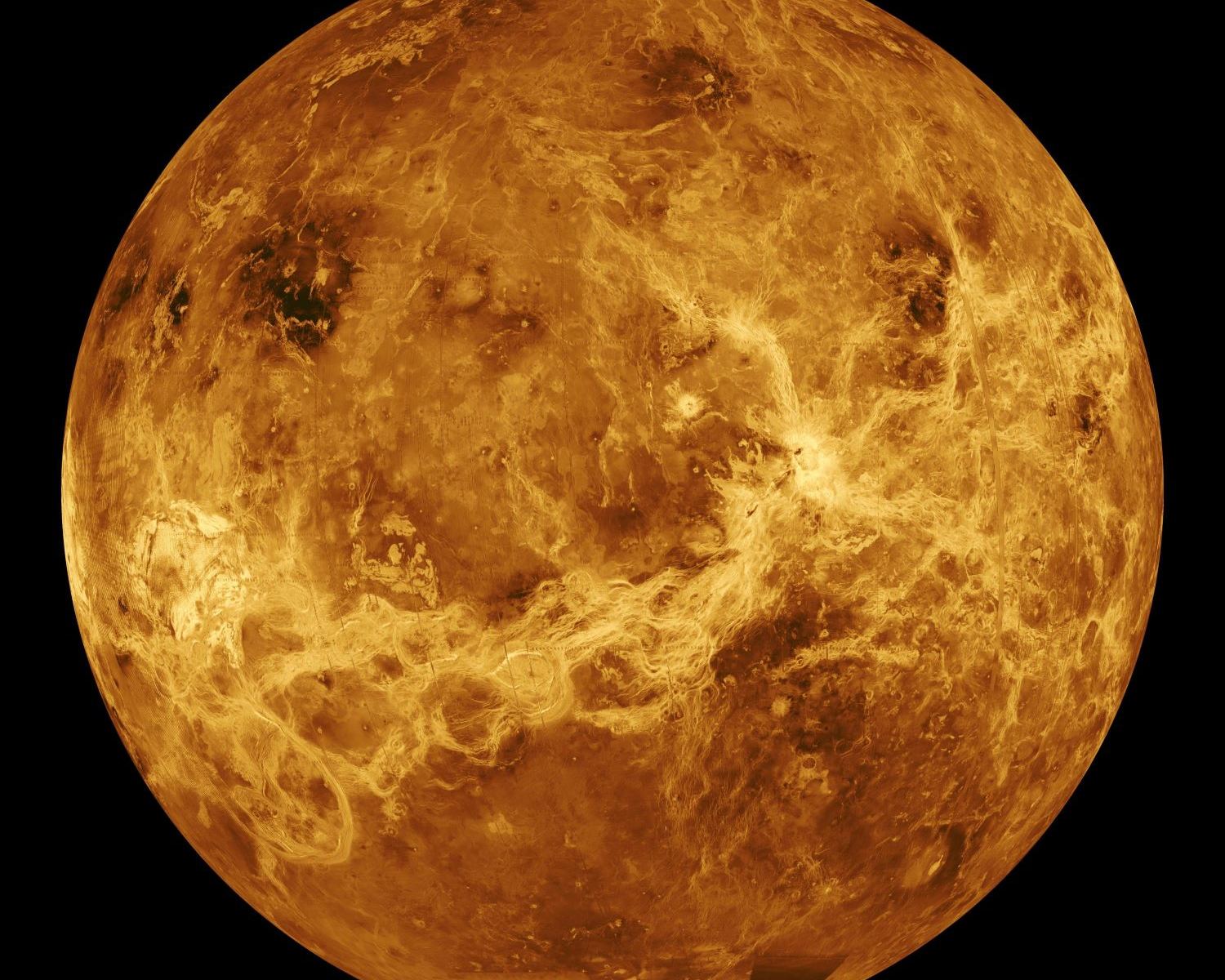Ages ago in its youth, Mars appeared much like Earth. It was a warm planet with lakes, rivers, and vast seas. It had a thick atmosphere with clouds and rain. One major difference is that the atmosphere was rich with carbon dioxide instead of oxygen. Then about 3.5 billion years ago much of the atmosphere disappeared, and we haven’t understood how. A new study in Science Advances suggests that the waters of Mars may have been the key, and much of the ancient atmosphere may be locked in the surface of the red planet.
Continue reading “Martian Clay Could Be Hiding the Planet's Atmosphere”Martian Clay Could Be Hiding the Planet's Atmosphere










